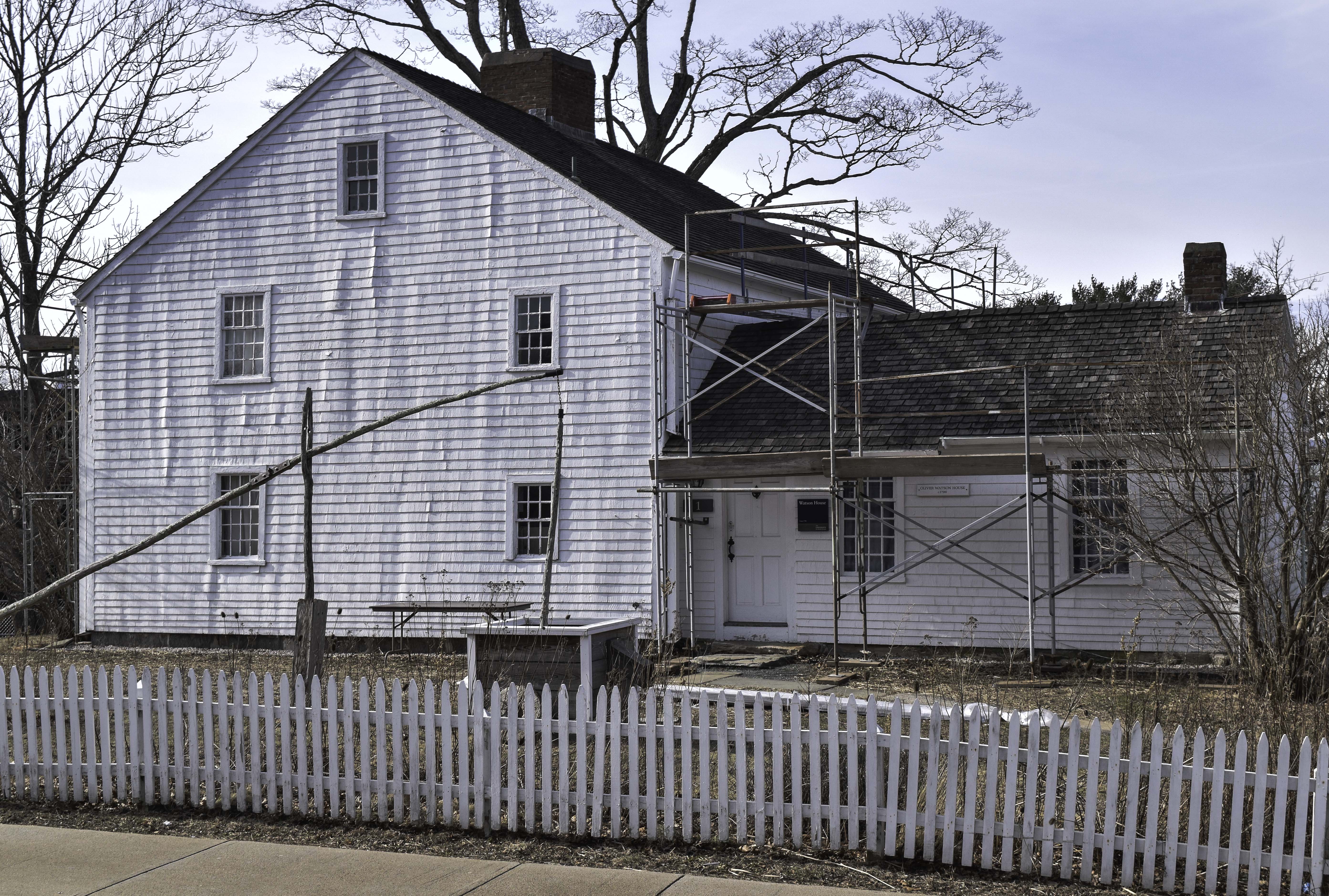Anna
The University of Rhode Island has all sorts of unique buildings and structures ranging from over a century old to built within the last year. Despite the time differences, behind every structure on this campus lies many stories, some of which are untold.
The land that URI currently sits on was purchased in 1888 and was previously the 140 acre Oliver Watson Farm. The oldest building that still remains on campus today is the Watson House, which served as the farmhouse and is located near the Robert L. Carothers Library and Learning Commons and Tucker Hall.
The Watson House has been used in many different ways over the years. These uses include dormitories, fraternities and classroom space. Today it serves as a symbol of the University’s rich history.
The first structure built on campus for educational reasons was Taft Hall, which was built in 1889 and still stands today. Taft Hall currently serves as the home for Talent Development and has undergone major renovations in the last decade.
South Hall, College Hall and the first library all followed, and in 1890 the University opened under the name of the State Agricultural School.
College Hall may sound foreign to current students, and that is because in 1895 it caught on fire and completely burned to the ground. The building was an icon of the campus so it was rebuilt as the castle-like structure that is currently known as Davis Hall. Many of the buildings surrounding the quad area are historic, and several are even listed in the National Register of Historic Places.
Roosevelt Hall is just one building with a long history and its fair share of memories.
“Roosevelt Hall used to be a women’s dorm,” Director of Capital Projects and URI graduate Paul DePace said. “When I was a student here, it was a women’s dorm and in those days freshman women had strict curfews. I remember boosting women up in through the windows when the front door was closed, it was certainly a different time.”
Alicia Vaandering a graduate student at URI, is responsible for the extensive timeline of the University’s history, which can be found online. Vaandering noted that Lippitt Hall also has a large amount of history behind it.
“An argument could certainly be made that Lippitt Hall is at least one of the most interesting and unique buildings on campus,” Vaandering said. “Like many other buildings on the Quad, it was made of locally quarried stone, but its architecture is a bit different from the other buildings. It has also housed a wide variety of activities and programs.”
Lippitt Hall has previously been a gym, dining hall, drill hall and in the 1960s served as a central part of campus filling the role of a student union. The building went through significant renovations in the past decade and currently houses the honors program, the mathematics department and africana studies.
A large, blue sculpture called Torsion III can be seen outside of the building and is part of the statewide, public art legislation that mandates that 1
Another building with storied history is Rodman Hall, which is located behind the library. It currently serves as classrooms and office space, and was originally an armory for R.O.T.C., but primarily served as a gym.
It served for a long time as the headquarters of the men’s basketball team, which played a huge part of URI’s history and still holds a large role at the school today. It was within the walls of Rodman Hall where legendary Coach Frank Keaney first created the fast break style of basketball that is an integral part of the game today, and implemented it into the team.
The team’s new style of quickly moving the ball up court made them very successful, and in 1953, the larger Keaney Gymnasium was completed and served as the team’s new home.
The team enjoyed years of success in Keaney Gym until 2001, when the larger and current home of the Rams opened under the name of the Ryan Center.
“The Ryan Center was really a signature building for us,” DePace said. “I’m pretty proud of the fact we built the Ryan Center, we built it well. It works and is very much the public side of the University.”
The arena’s capacity is 7,657 people, and besides hosting URI basketball games, it also hosts many other events including concerts. DePace also mentioned the construction of Boss Ice Arena was a highlight of his work at URI, since it serves such a large role for the school and local communities.





